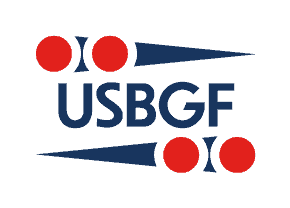- April 23, 2024
With the better board Red could try the blitz attack with 8/1*. That will succeed occasionally but Red needs to look deeper and have a game plan.
Red must try to activate the rear checkers.
Each week, author Chris Bray lends his sharp insight and easy-to-understand analysis to help you improve your game.
Chris is the author of multiple backgammon books, including Backgammon for Dummies, and is the backgammon columnist for The Times of London.

Every Monday Chris posts an interesting backgammon position on our Facebook page. We encourage you to join in the lively discussion and return here to our website on Tuesdays to read his extended analysis.
With the better board Red could try the blitz attack with 8/1*. That will succeed occasionally but Red needs to look deeper and have a game plan.
Red must try to activate the rear checkers.
This is a classic ‘pay me now, pay me later’ problem.
All the conditions for ‘pay me now’ are met. Red’s position is awkward and deteriorating, White’s board is improving, and it will
There are a number of bear-off positions that everybody should know because they recur frequently and learning them is a lot quicker than trying to work things out from first principles
As this is a quiz you can probably guess that 9/4*, 8/4 won’t be the answer!
This is a difficult problem, as are most containment positions. You must look at the immediate problem but
Over the board bar/21, 7/5 was played. All very neat and tidy but not meeting the demands of the position. Red is way behind in the race and bar/21, 7/5 gives White a very easy ride.
Therefore,
This is a question of balancing leaving shots versus the opportunity to get a shot as White leave the mid-point.
18/13 minimises shots but gives White no bad numbers as all ones hit and
The first question is, does Red need to split his rear checkers?
Red is behind in the race and White has eleven checkers in the attack zone. White also has a blitzing structure.
Those
This is really an exercise in logic. While the blitzing play 5/4(2)*, 3/2(2)* is superficially attractive that move does not solve Red’s main problem.
That problem is the Red checker

